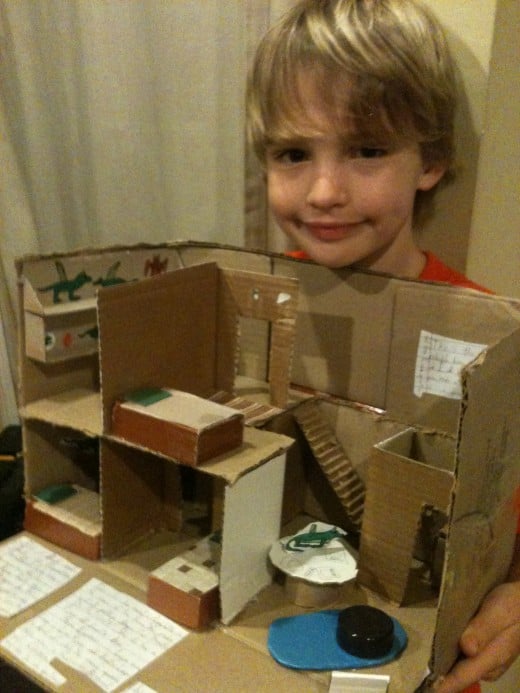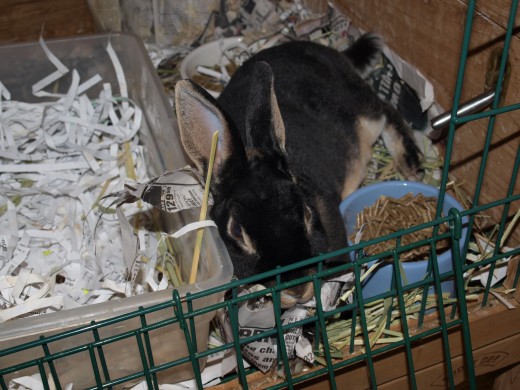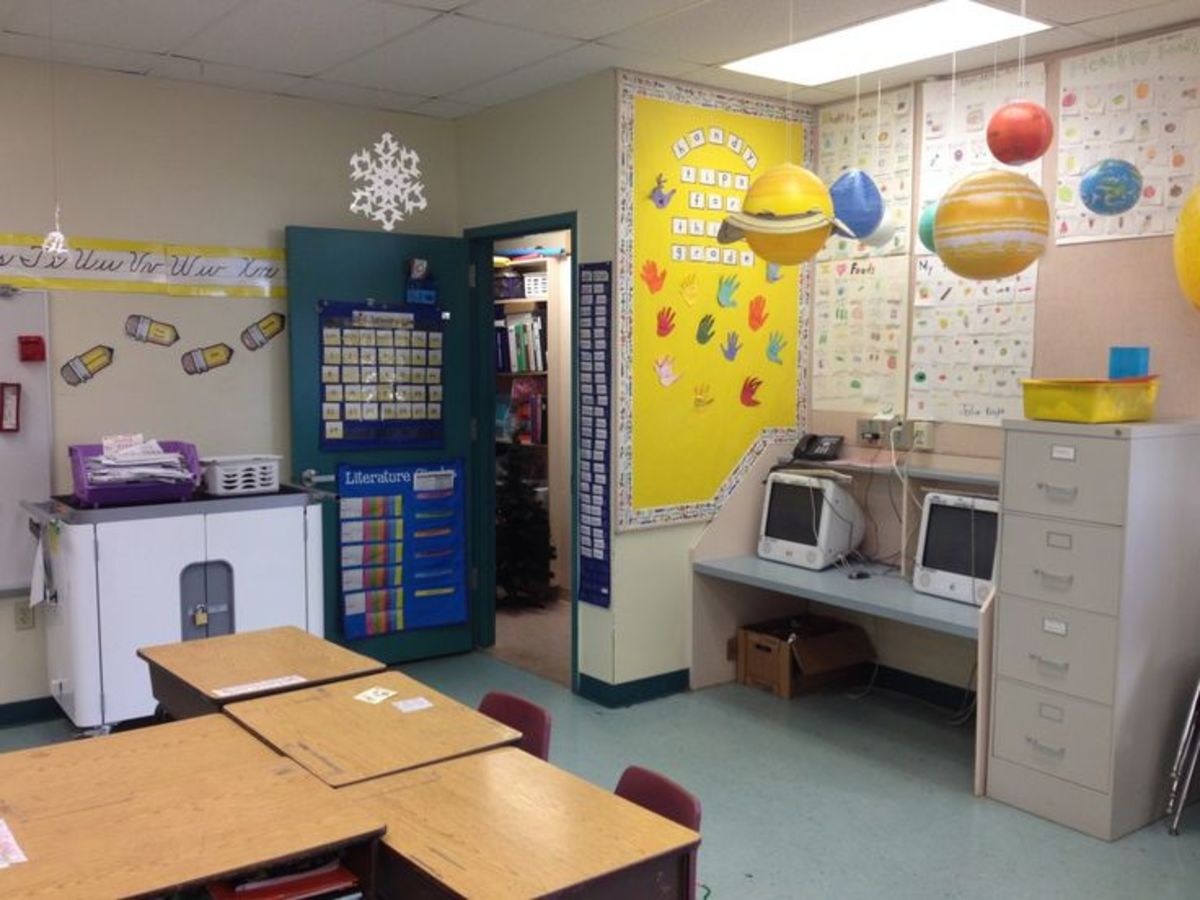How to use less paper at your school

According to the California Department of Resources Recycling and Recovery, paper makes up almost 50% of school waste. Paper production uses resources such as wood, water, and energy, and if it’s not recycled, discarded paper takes up space in our rapidly-filling landfills where it turns into methane, a major greenhouse gas. Paper also costs your school money. With careful planning, your school can trim its paper budget and save trees, water, energy, and landfill space. Here are a few ideas.
Administration
- Switch communications from paper handouts or mailings to email, websites, automatic calling, bulletin boards, or social media (make sure that all parents have internet access, and if not, offer an opt-in paper communications options).
- For mailings that continue, confirm mailing lists to avoid returned items and wasted paper, and consolidate items onto one page, if possible.
- Eliminate envelopes by folding, stapling, and placing the label directly on the flyer.
- Carefully calculate quantities before copying to prevent waste.
- Consider whether groups can share one copy of a document.
- Encourage the use of ipads or laptop computers at meetings, and email documents beforehand, or project documents on-screen.
- Use emailed or internet-based documents, such as google docs, or distribute them on disc.
- Use routing slips with a single document instead of printing out several.
- Use two-sides of each sheet; set the default on the copier for two-sided copying.
- Reduce the default settings in your word-processing program for page margins and font sizes to maximize the content on each page.
- Use thinner paper, which takes less wood to produce.
- Reuse boxes for shipping or storage instead of purchasing new ones.
- Consolidate forms onto one sheet.
- Instead of pre-printing forms, which can result in waste of outdated materials, print forms directly from the computer or use forms submitted via computer.
- Create a common location for people to share unneeded paper, forms, supplies.
- Print labels to allow the reuse of folders and envelopes.
- Purchase a number of reusable plates, cups, napkins for use at office parties and luncheons.
- Encourage people to bring their own coffee mugs, rather than using single-use cups.

In the classroom
- Use the blackboard, textbooks, or an overhead projector instead of handouts or workbooks.
- Think carefully when sending out school supply lists to avoid large amounts of unused supplies at the end of the year.
- Utilize creative art supplies - cereal boxes, used cardboard, used paper, scrap paper, used envelopes and folders, newspaper.
- Use email lists or blogs to communicate with parents instead of paper newsletters.
- Keep a box for paper that has only been used on one side, and encourage the kids to use it for drawing or scratch paper.
- Encourage kids to use only one or two paper towels to dry their hands by placing “Use Two” stickers on each dispenser. If you have a small school, you could even have kids bring in their own bandannas or towels and hang them in the bathroom.
- If your school has pets, use shredded paper as bedding instead of purchasing it.
- Cancel magazine subscriptions that you are no longer using or share copies through the library.
- Ask parents to lend reusable cups, plates, and napkins for parties, or share a set of reusable inexpensive serving items with other classes.
Recycling
Of course, you will always use paper, but you can still minimize its impact on the environment in three ways.
- First, recycle what you can. The Environmental Protection Agency (EPA) estimates that in 2010, 63% of all paper and paperboard was recycled, with higher rates for newspaper and corrugated cardboard. If your school doesn’t recycle on-site, contact your principal or district superintendent to find out why. Often, companies will pay your school for recycled paper; see if there’s one in your town. If not, consider starting a volunteer-run system.
- Second, if your school offers composting, most brown paper towels and napkins can be placed in garden compost.
- Third, purchase copy paper, paper towels, napkins, and toilet paper made from post-consumer recycled products. Recycling only works if there’s a market for the items produced from recycled materials, so don’t minimize the importance of this step. Contact your principal or district to see if there’s a policy in place regarding the purchase of recycled paper. If not, you can write a letter suggesting that the school adopt one.
Useful links
- What's in your school's trash? And why should you ca...
School trash - what's in it, where it goes, and why you should know. - Green Schools - Starting Your Green Team
How to start a green team at your school. Taking the first step towards more sustainable school practices. - How to make your school event greener
How to make your PTA or school event greener - tips and advice.








